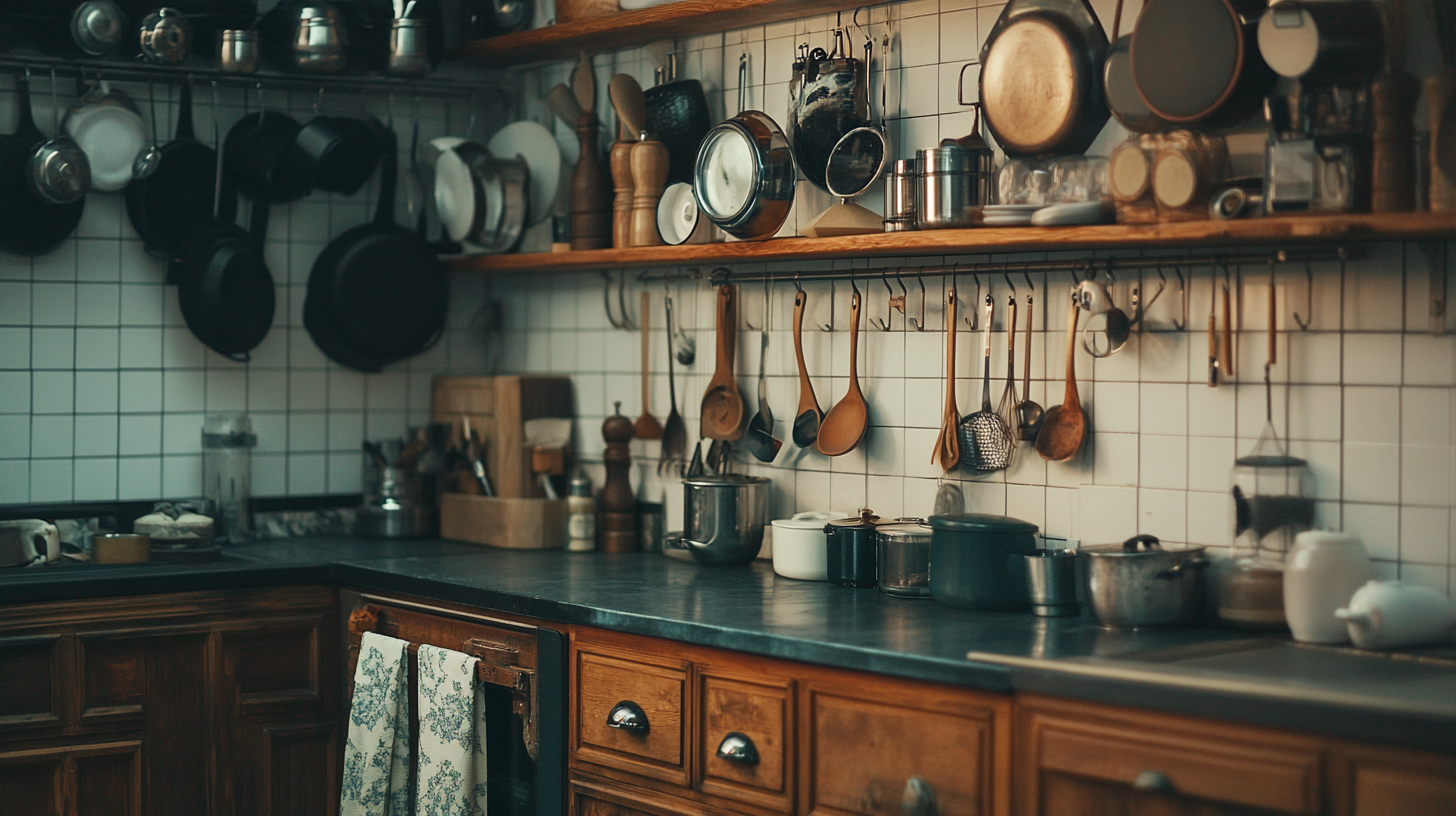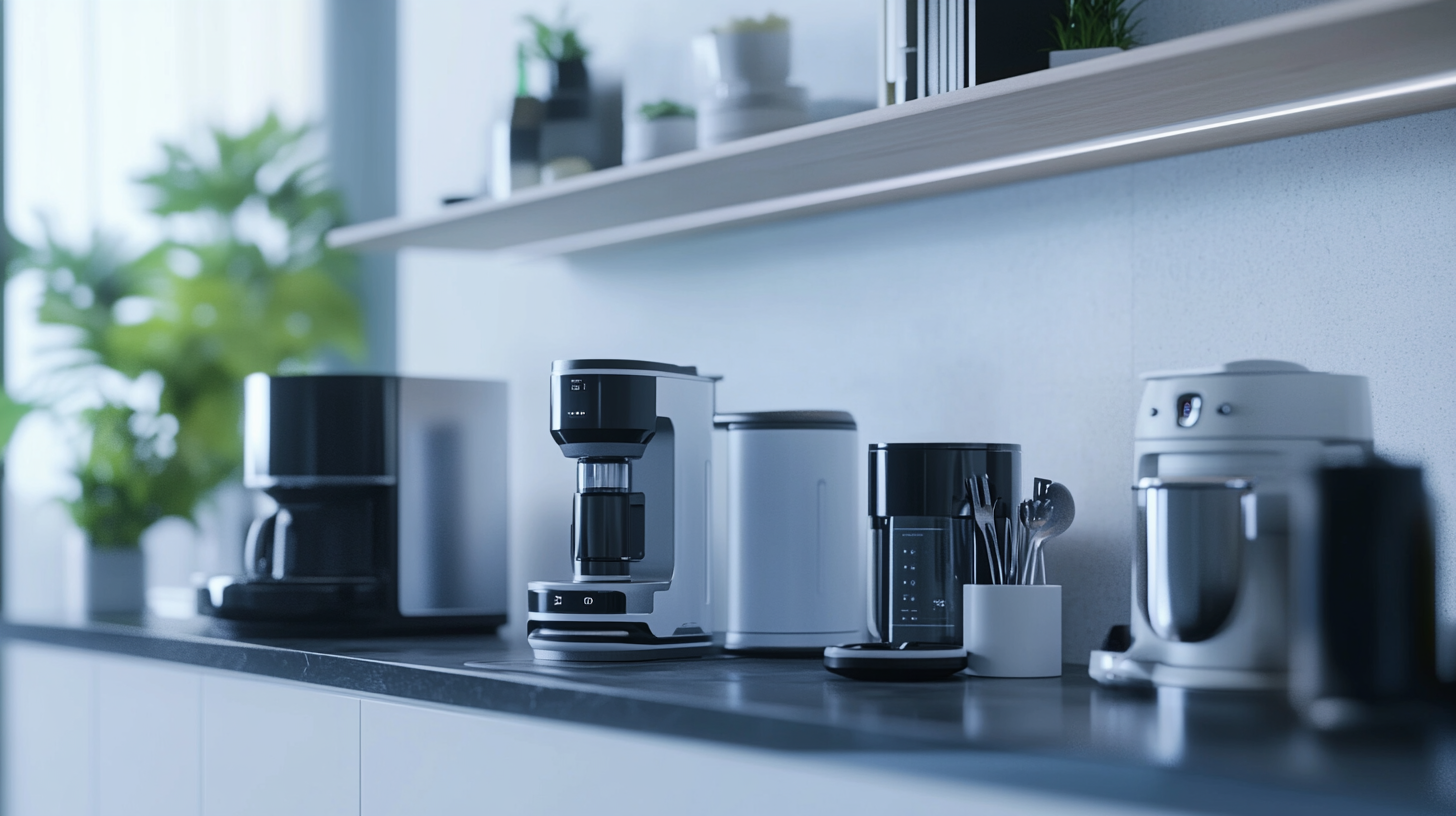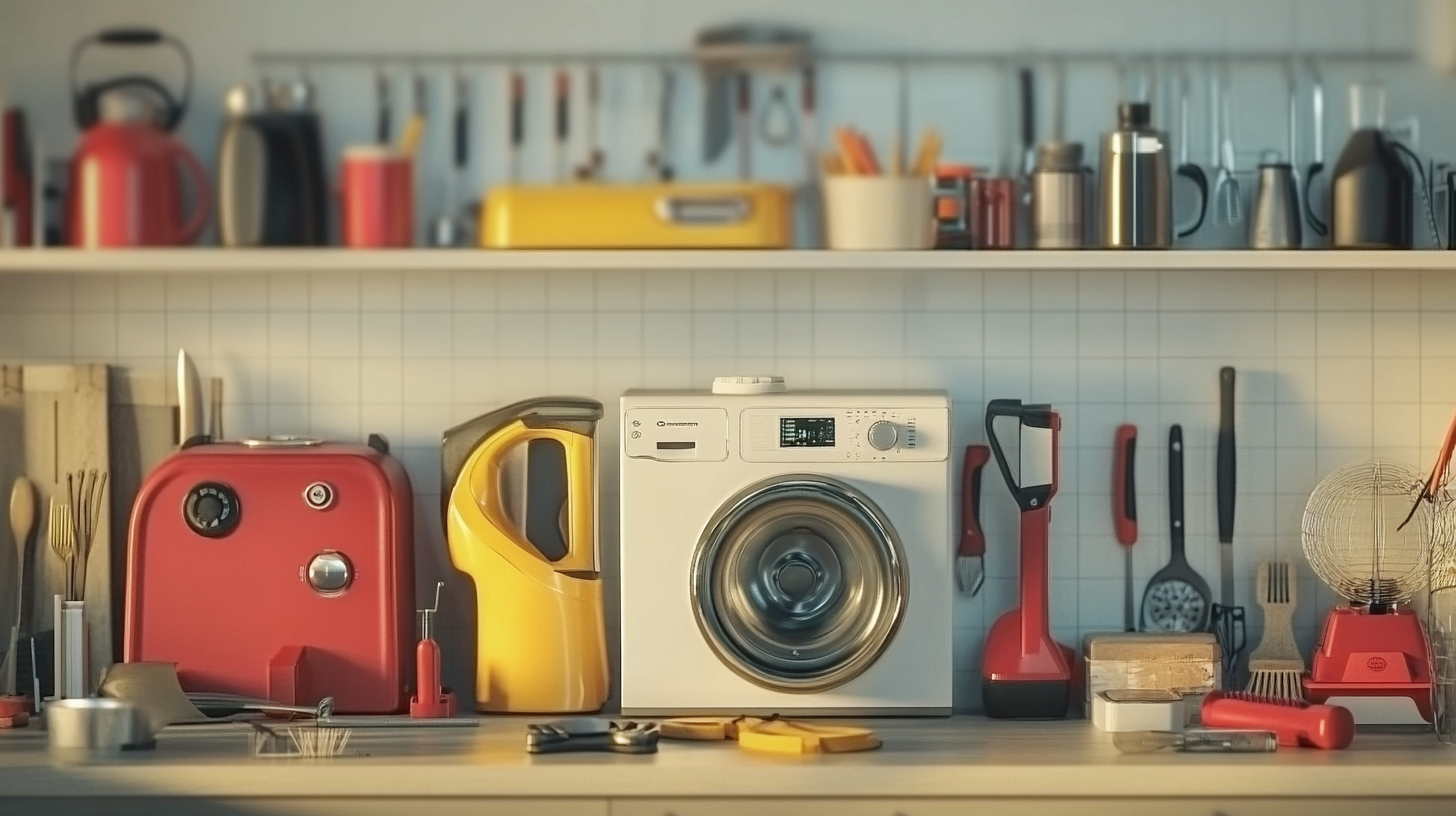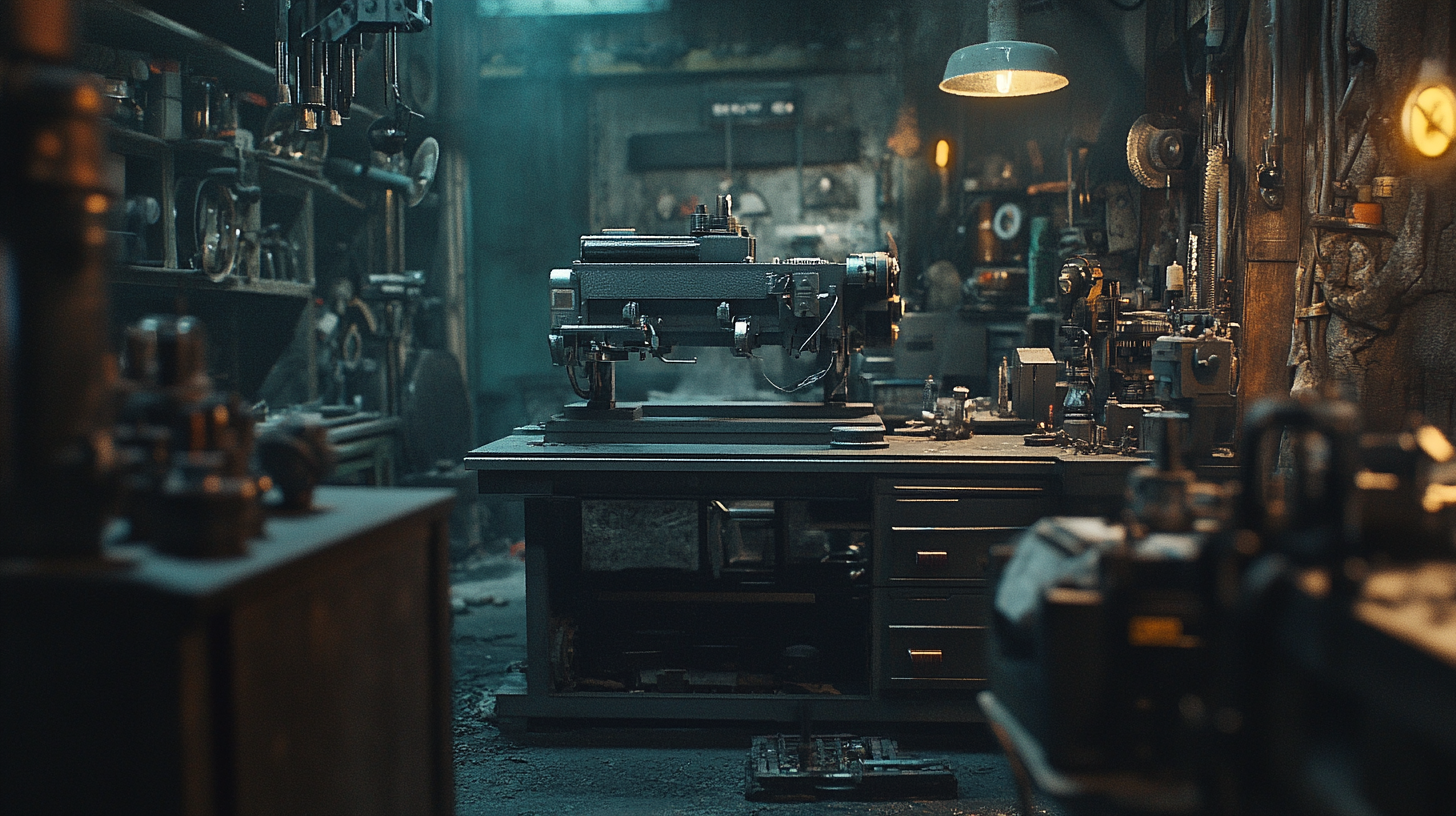Blog
Enhancing Household Tools Longevity Through Exceptional Support and Future Innovations
In an era where efficiency and sustainability are paramount, the longevity of household tools has become a critical focus for consumers and manufacturers alike. From the simplest of utensils to advanced appliances, the durability of these everyday items directly impacts our daily lives and the environment. By enhancing household tools through exceptional support services and innovative approaches, we can not only extend their lifespan but also contribute to a more sustainable future. This blog will delve into the strategies that can be implemented to bolster the longevity of these essential tools, emphasizing the importance of both consumer education and manufacturer accountability.
As we look toward the future, the integration of innovative technologies holds the potential to revolutionize the way we maintain and use household tools. With advances in smart technology, materials science, and design thinking, the possibilities for enhancing durability and functionality are limitless. Exceptional support from manufacturers, including warranties, user-friendly maintenance guides, and responsive customer service, plays a crucial role in this equation. In this blog, we will explore these exciting developments and how they promise to transform the landscape of household tools, ensuring they remain reliable companions in our homes for years to come.

Strategies for Extending the Life of Everyday Household Tools
Household tools are indispensable allies in our daily lives, but their longevity often hinges on how we care for and support them. Recent studies indicate that with proper maintenance, the lifespan of common tools can be extended significantly—up to 50% for frequently used devices like drills and saws. The average household tool has a lifespan of about 8 to 10 years, but this can be prolonged through a combination of regular cleaning, timely repairs, and proper storage. For instance, according to data from the American Tool Manufacturer’s Association, simple preventative measures such as lubricating moving parts and replacing worn-out components can increase efficiency and prevent breakdowns. This small investment in maintenance not only extends the life of the tools but can also save homeowners an average of $250 per year in replacement costs. Additionally, the rise of smart technology in everyday tools, like battery management systems that prevent overcharging, is paving the way for new innovations aimed at enhancing durability. Furthermore, consumer education plays a critical role in tool longevity. A survey by the National Association of Home Improvement shows that nearly 60% of homeowners are unaware of basic maintenance techniques that could help extend the life of their tools. Manufacturers are beginning to address this gap by providing detailed user guides and online tutorials, which empower users to take better care of their investments. By prioritizing these strategies and harnessing future innovations, we can ensure that our everyday household tools remain functional and effective for years to come.

The Role of Customer Support in Enhancing Product Durability
In today's fast-paced world, the longevity of household tools is often overlooked. However, the vital role of customer support in enhancing product durability cannot be underestimated. Exceptional customer support not only addresses immediate concerns but also fosters a long-lasting relationship between consumers and brands. When a company commits to outstanding service, it signals to customers that their satisfaction and product experience are a top priority.
Customer support plays a crucial role in providing users with the knowledge necessary for maintaining and repairing their household tools. Instead of throwing away a malfunctioning device, consumers can rely on support teams for troubleshooting advice, which often leads to prolonged product life. This emphasis on guidance empowers users to take proper care of their tools and encourages them to invest in higher-quality products, knowing they have a safety net should issues arise.
Furthermore, feedback collected through customer interactions can drive future innovations. By listening to customers and understanding their challenges with products, companies can make informed decisions about design improvements and materials. This proactive approach means the next generation of tools will not only be more durable but also more attuned to the practical needs of the users. Ultimately, a commitment to exceptional customer support forms the foundation of a product's longevity and enhances the overall consumer experience.

Future Innovations: Technologies for Longer-Lasting Household Tools
As households increasingly rely on various tools for everyday tasks, the demand for longevity and durability becomes paramount. Future innovations in technology are poised to address these needs, particularly through advancements in materials science and smart technology. According to a report by the Global Industry Analysts, the global market for household tools is projected to grow significantly, with a notable emphasis on tools designed to last longer and reduce environmental impact. Improved material synthesis can lead to tools that are not only more durable but also resistant to wear and tear, thereby extending their usable life.
One of the most promising innovations comes from the integration of smart technology into traditional tools. The rise of IoT (Internet of Things) in household tools enables real-time monitoring of their condition and performance. For instance, tools equipped with sensors can alert users when maintenance is needed, thereby preventing premature breakdowns. A study by MarketsandMarkets indicated that the smart tool market is expected to reach $15 billion by 2026, signalling a significant shift toward integrating technology for enhanced longevity.
Moreover, companies are increasingly adopting biodegradable materials in their tool designs, reflecting a commitment to sustainability. According to a report from Research and Markets, the biodegradable tools market is expected to grow by 20% annually, primarily due to consumer demand for eco-friendly alternatives. This shift not only prolongs the lifespan of household tools but also reduces the environmental burden associated with their disposal, addressing both user needs and global sustainability challenges effectively.

Eco-Friendly Practices for Sustainable Tool Maintenance
In an era where sustainability is paramount, adopting eco-friendly practices for household tool maintenance is essential for prolonging their lifespan. Research conducted by the Environmental Protection Agency (EPA) indicates that nearly 75% of tools in households end up in landfills, contributing significantly to waste. By implementing sustainable maintenance practices, we can offset this trend and promote a circular economy for household items.
One effective strategy for sustainable tool maintenance is regular cleaning and proper storage. A report from the National Association of Home Builders states that tools can last up to 50% longer when stored in a climate-controlled environment and cleaned regularly. Using biodegradable cleaning products further reduces environmental impact, as conventional cleaning agents can contain harmful chemicals that contaminate water systems. Regular maintenance not only enhances tool longevity but also contributes to a healthier ecosystem.
Furthermore, embracing repair over replacement is crucial. According to a study by the Ellen MacArthur Foundation, extending the life of a product by just nine months can reduce its carbon footprint by as much as 20-30%. Community repair workshops and online platforms have emerged to educate consumers on how to fix common issues with their tools. By fostering a culture of repair and reuse, we can significantly lower resource consumption and encourage sustainable practices in tool ownership.
Consumer Education: Empowering Users to Care for Their Tools
Consumer education plays a crucial role in extending the lifespan of household tools. By empowering users with essential knowledge about their tools, manufacturers can significantly enhance user experience and ultimately improve product longevity. For instance, understanding the proper maintenance routines for various tools can prevent premature wear and tear, ensuring that these essential items remain functional for years to come. Simple practices such as cleaning, lubricating, and storing tools properly can make a notable difference in their performance and durability.
Moreover, manufacturers can take an active stance in educating consumers through detailed manuals, video tutorials, and engaging workshops. These resources not only provide information on how to use and care for tools but also on the innovations being integrated into newer models. By showcasing the advancements in technology and materials, companies can encourage users to adopt better maintenance practices tailored to the specific features of their tools. This proactive approach not only fosters a sense of ownership among consumers but also builds brand loyalty as users become more invested in their tools’ longevity.
In an age where sustainability is becoming increasingly important, educating consumers about the environmental benefits of well-maintained tools is also essential. Users who understand that proper care can significantly reduce waste will be more inclined to invest time and effort into their tools. This mindset not only reinforces the importance of consumer education but also encourages a culture of responsibility and sustainability in everyday household practices.

